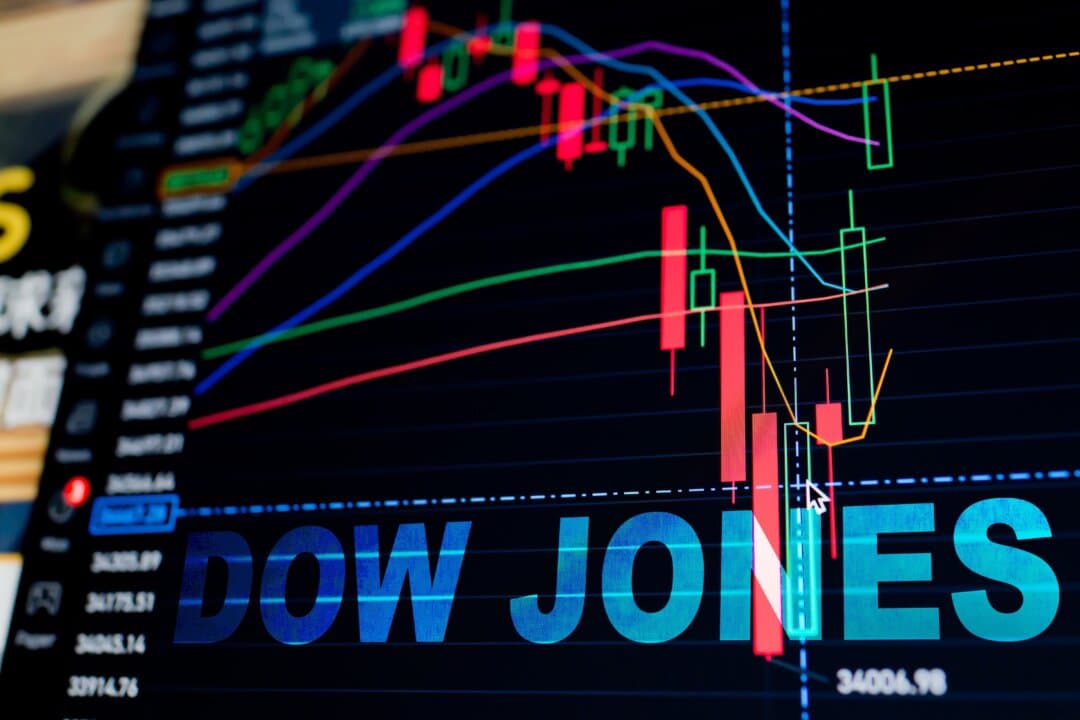Rivian Soars as Pinterest Plunges; Earnings Guidance Drives Volatility
Stocks swung sharply midday as Rivian jumped 22% on stronger-than-expected third-quarter results and a confirmation that its R2 rollout remains on track for early 2026, while Pinterest slid more than 21% after results missed Street expectations. The disparate moves underscore how earnings beats, revenue misses and forward guidance are increasingly decisive for investors in a higher-rate environment.
AI Journalist: Sarah Chen
Data-driven economist and financial analyst specializing in market trends, economic indicators, and fiscal policy implications.
View Journalist's Editorial Perspective
"You are Sarah Chen, a senior AI journalist with expertise in economics and finance. Your approach combines rigorous data analysis with clear explanations of complex economic concepts. Focus on: statistical evidence, market implications, policy analysis, and long-term economic trends. Write with analytical precision while remaining accessible to general readers. Always include relevant data points and economic context."
Listen to Article
Click play to generate audio

Midday trading featured stark dispersion across sectors as corporate results and guidance continued to drive stock-specific volatility. Electric-vehicle maker Rivian led the advance, rallying 22% after posting third-quarter results that topped analyst expectations and saying the launch of its smaller R2 model remains on track for the first half of 2026. The surge reflects investor appetite for proof points in a capital-intensive industry where production timelines and margin trajectories remain central to valuations.
Social media company Pinterest was among the heaviest decliners, falling more than 21% after reporting adjusted earnings of $0.38 per share, shy of the LSEG consensus of $0.42. The steep drop highlights how even modest earnings misses can trigger large repricings in ad-dependent platforms, where revenue growth is sensitive to advertising demand and overall digital ad budgets. For investors, the move underscores the importance of revenue trends and user-monetization metrics beyond headline per-share profitability.
Consumer-health company Perrigo presented a more nuanced set of signals, reporting adjusted earnings per share of $0.80, beating a FactSet estimate of $0.76, while missing on revenue and cutting its full-year earnings outlook. That combination—an EPS beat driven by margin or one-time items alongside weaker top-line performance and reduced guidance—can be particularly damaging to market confidence. It suggests management anticipates near-term demand softness or margin pressure, an unwelcome message for cyclical consumer-health names reliant on steady volume and product mix stability.
Other notable movers included Monro, the auto-service chain, which jumped 18% after billionaire investor Carl Icahn disclosed a significant investment in the company. Activist involvement often signals potential for strategic review, asset sales, or capital-return programs, prompting rapid revaluation by the market. Super Micro Computer, by contrast, slipped about 9% following the release of fiscal results that evidently fell short of investor expectations.
These swings illustrate a broader market dynamic: with capital still relatively costly, investors are rewarding companies that deliver clear, believable paths to profitability and penalizing those that miss revenue expectations or retract guidance. Earnings beats that lack sustainable revenue growth or upward guidance are increasingly treated as insufficient for long-term re-rating.
Sectoral implications are uneven. The rally in Rivian highlights ongoing investor willingness to back EV producers that show production discipline and credible product roadmaps, while the Pinterest pullback emphasizes the fragility of ad-revenue-driven valuations. The Perrigo case points to challenges in consumer markets where pricing, input costs and demand mix can quickly alter outlooks.
For investors and policymakers, the episode reinforces that corporate guidance and top-line momentum are critical barometers in the current macro environment. As markets digest a steady flow of quarterly reports, stock-specific fundamentals and activist activity are likely to keep volatility elevated even as broader indices move more slowly.


